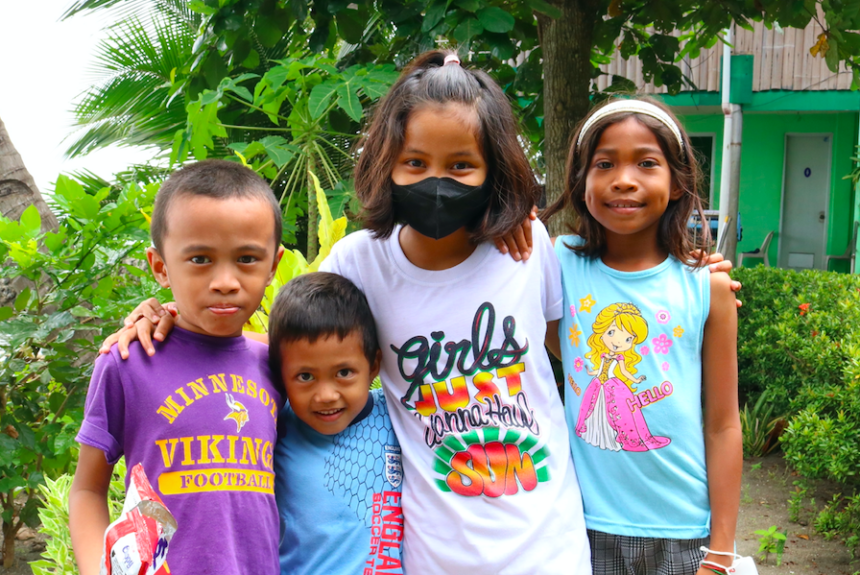Our Mission
As part of our blue carbon project, Oceanus Conservation aims to contribute to the conservation, education, and overall community development of Filipinos. We are organizing training for our partner communities to provide ecosystem services. This would pertain to food security in the years to come and create a sustainable and lasting impact.
Knowledge exchange session
August 14, 2022. A one-day training was held at the Xavier University – McKeough Marine Center in the municipality of Jasaan, Misamis Oriental. Oceanus Conservation arranged the event for the Salay Mangrove Association. This is one of the communities that we have been working with within the Salay project site.
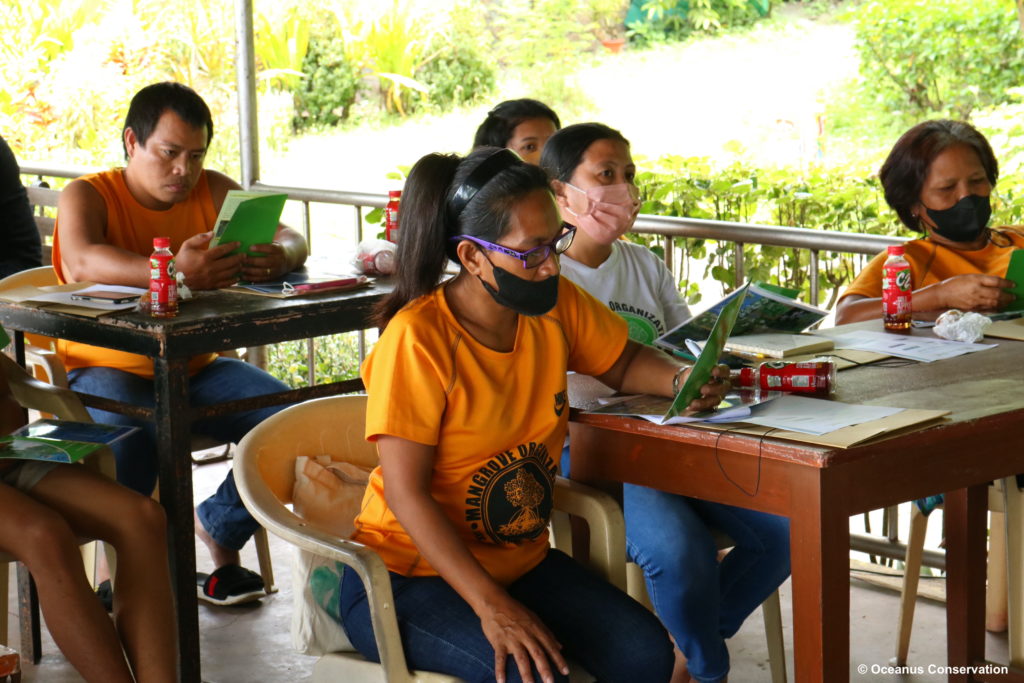
With the valuable help of student volunteers, the Oceanus team successfully led and conducted the said training.
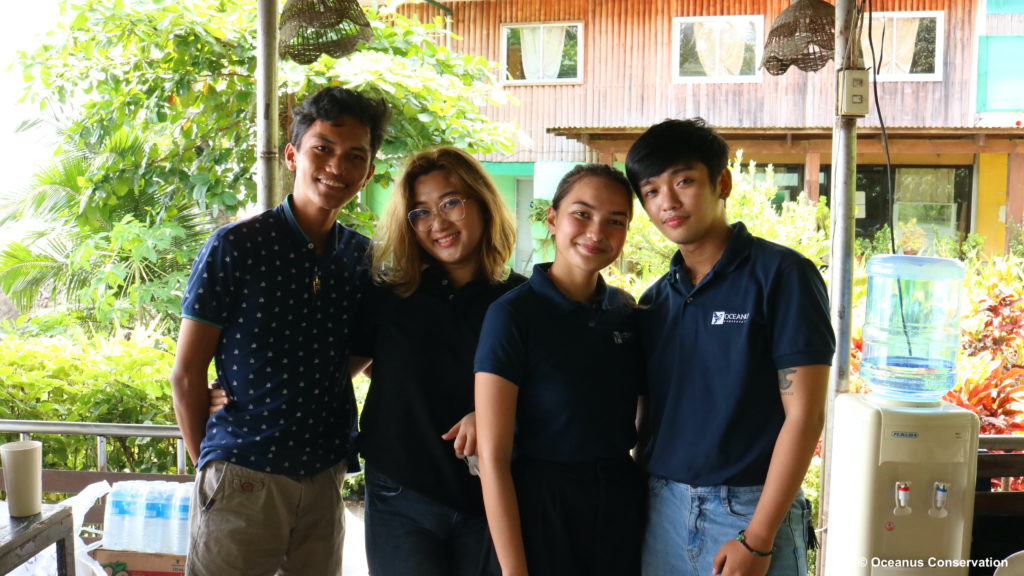
Ramon Magsaysay awardee Roberto “Kadodoy” Ballon, who heads the fisherfolk association in Zamboanga Sibugay, was the resource speaker for this knowledge exchange session.
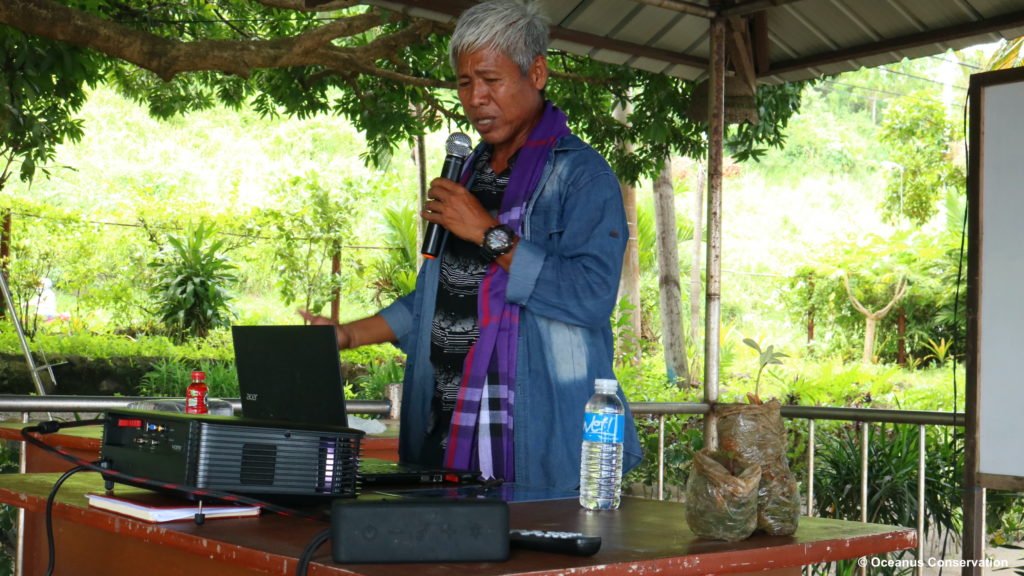
Furthermore, the training consisted of informative lectures on mangrove biology, nursery establishment, and planting. These lectures were not only about general information on mangroves but also delved more into the specific steps required for the proper planting and maintenance of such.
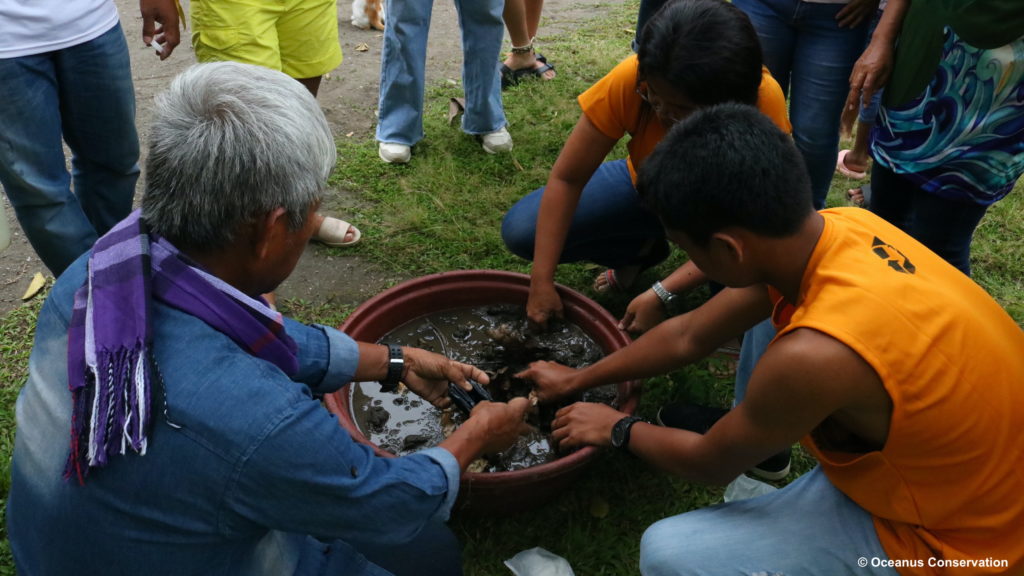
Why Sonneratia alba seedlings?
Particularly, the training was centered on the seed propagation of the Sonneratia alba species. This pioneering species of mangrove, in particular, is the most seaward species that occupies what is known as the Sonneratia zone in mangrove swamps (Göltenboth & Schoppe, 2006).
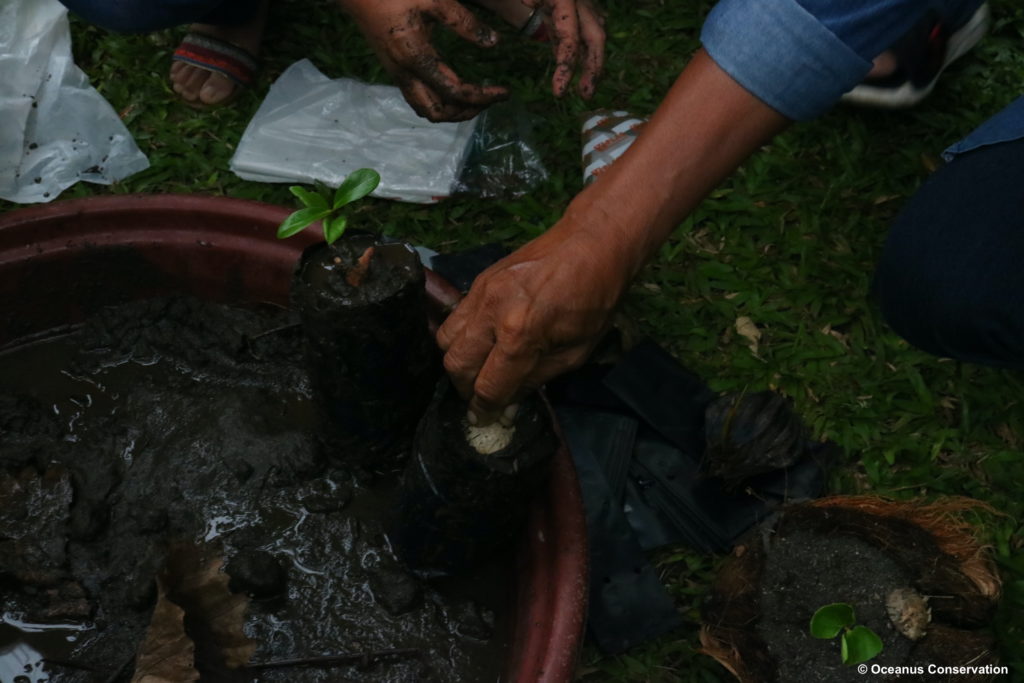
The next steps for the community in Salay
After the training, the Salay Mangrove Association are starting to establish their own nurseries in Salay, Misamis Oriental, and are being catered to in the meantime.
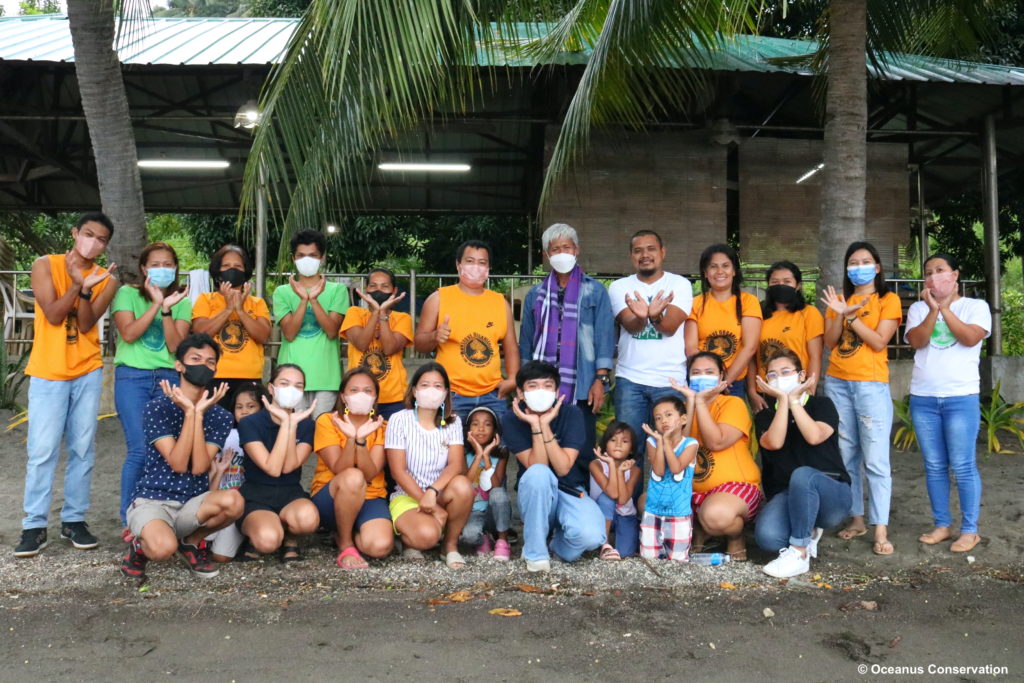
The great significance of community engagement when dealing with large-scale problems is often overlooked. Thus, many may not realize that these issues cannot be addressed without coordination and collaboration between people from different sectors. After all, issues that surround our natural world are also ones that involve other societal aspects. Let us learn to work together to protect and conserve our planet’s wonders, such as mangroves, which connect people to the land and sea.
Support our blue carbon project and let us work together for the conservation and restoration of our mangrove forests! Link here.
Reference/s: Göltenboth, F., & Schoppe, S. (2006). MANGROVES. Ecology of Insular Southeast Asia, 187-214. https://doi.org/10.1016/B978-044452739-4/50011-5
